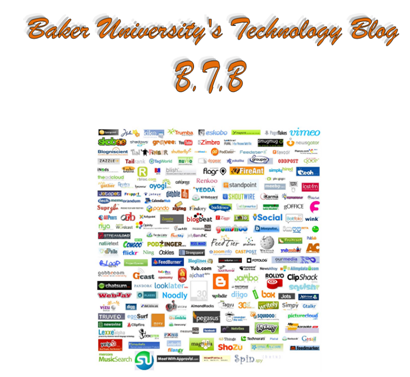- Devise a means to determine where students are with their understanding of what plagiarism is. Some students do not recognize that copying from a website is an act of stealing, so start with defining plagiarism.
- Let students know from the onset that you will actively seek out plagiarism when grading written work. State this in your syllabus, mention it early on in class or post it in Moodle, and carry through with it. Hollow "threats" are easily sniffed out and shared between students. The best thing you can do it catch early on, educate the students (hopefully just one) on what their error was and how to correct it.
- Reinforce sources available to them to help refresh/educate them on proper citation, its importance, and how to do it. Each one of our students gets this in their orientation course and are asked to purchase a handbook, as well as the university has designed a style guide. Combine these resources with what sites such as Noodletools and the Purdue OWL (Online Writing Lab) and there is plenty of information to supplement your instructions. I would encourage you, if you are using Moodle, to make these readily available in your class and refer to them in your feedback on written work.
- Get to know your students' writing early on. Have short papers, forums, or blogs that stipulate proper grammar, spelling, and punctuation in order to gain perspective on their writing ability and style. This can go a long way in detecting plagiarism.
- Stipulate in your assignment up-to-date research. One aspect of the paper mills that students can purchase papers from is their papers may be several years old, so asking students to include a source from within (set time frame here) compels them to do original research.
- Revision, revision...revision. Catching an issue, especially for those moments when a student is genuinely making an honest error, earlier in the process benefits you as the grader and the student in the long run. The revision process doesn't have to include full and complete drafts, but the more they can offer the better feedback you can provide.
- As part of the writing assignment require some reflection component where you ask students to review how they researched their topic, what problems did they occur, how they reached their topic or thesis statement, and what would they do differently. This holds them accountable to convey some aspect of their research and writing preparation.
- Require course or topic specific terminology, outline a specific structure, and assign what type of audience you want students to consider.
Thursday, June 16, 2011
Plagiarism and Prevention Methods
For some students writing is an arduous task that is quickly remedied with technological advantages available today. Recently Turnitin released internal numbers on which sites students are plagiarizing the most. As students feel more and more comfortable with technology the temptation to cut/copy and paste into a paper will be even more enticing than it already is. Turnitin reported sites such as Wikipedia and AskHow.com as resources students rely on for information. Why read through a journal, book, or periodical when you can query it, copy it, and be on your way? This tactic by students has raised concern across academia with student writing, critical thinking, and academic integrity. One result stemming from this practice is the rise in plagiarism. Protecting and promoting intellectual property is vital within academics so a person's originality remains protected. The pros and cons of the read-write-collaborate- web is the mantra of freeware promotes little restriction on the creation of ideas, which fits in many respects with the impetus for the Internet. As an instructor what measures can you take in order to help deter plagiarism? That's at the heart of this posting.
Subscribe to:
Posts (Atom)
